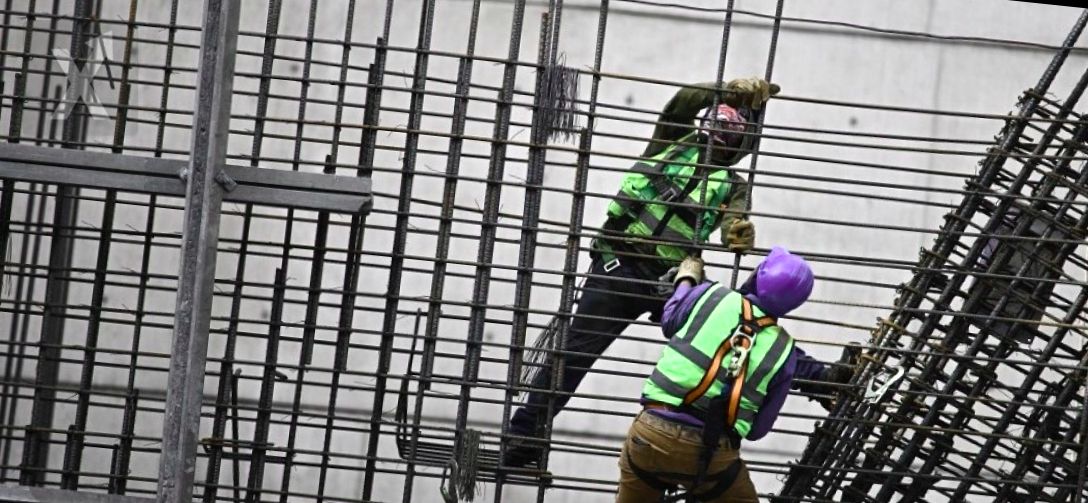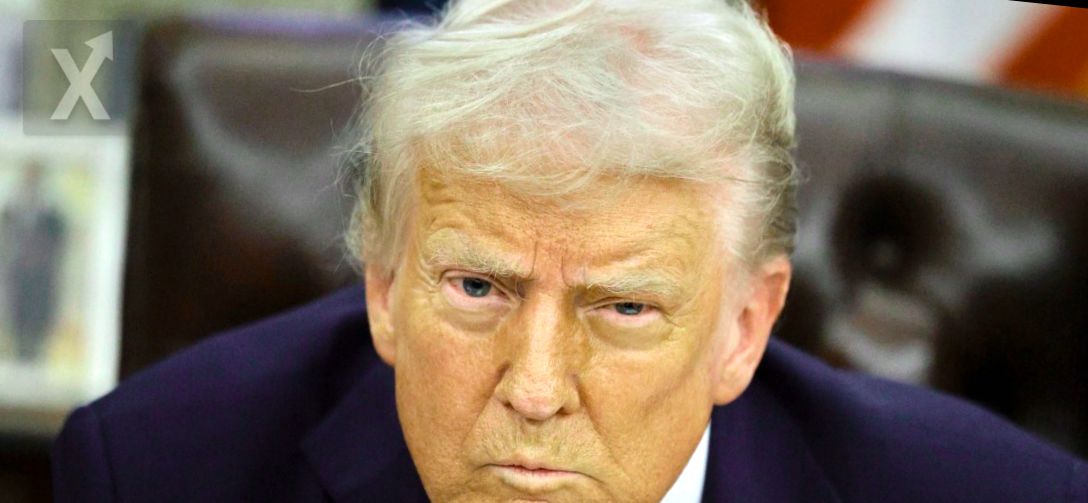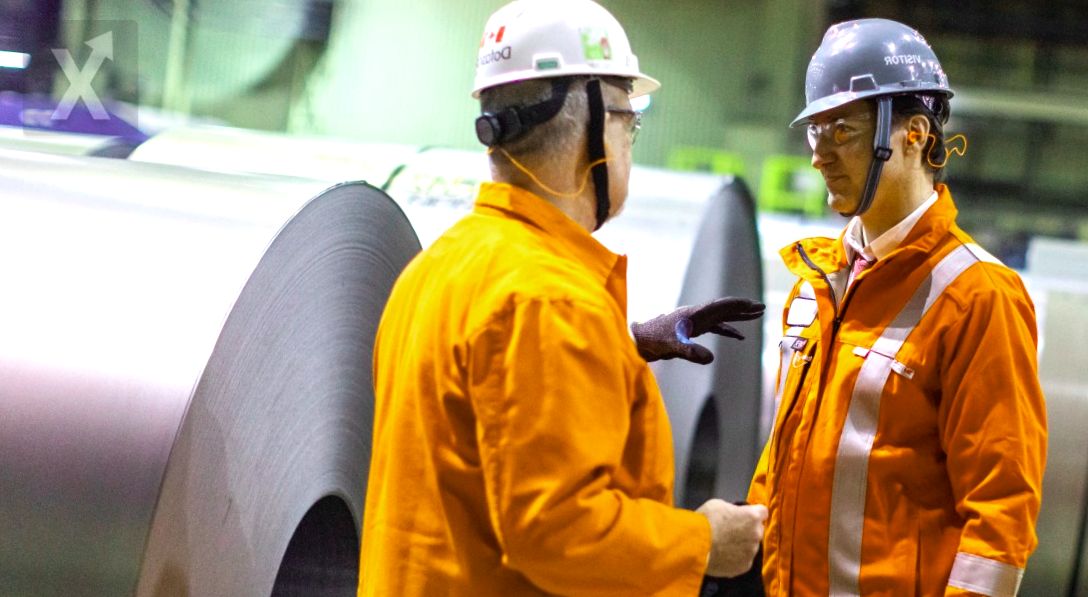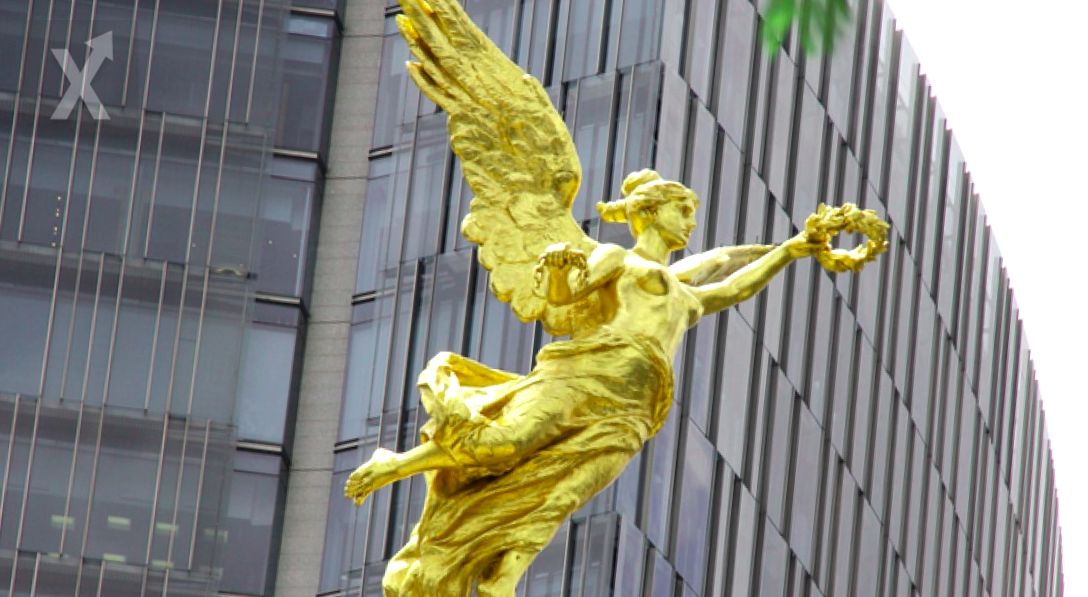Labor Market in Mexico: A Graphical Analysis

According to the National Survey of Occupation and Employment (ENOE) from INEGI, employment has already recovered the levels it had before the pandemic. However, there is a deterioration in some working conditions: the number of workers earning less has increased, and there are more people willing to work overtime. “There are debts in labor issues, particularly in the creation of new jobs. This is directly related to GDP growth and job creation, both formal and informal,” stated Iván Franco, economist and founder of the consultancy Triplethree International.
“To live a comfortable life, not to mention any luxuries, we need an income comparable to a middle class of about three minimum wages, which is around 22,900 pesos a month, and only 8% of the population earns between two and three minimum wages,” indicated Eréndira Yaretni Mendoza Meza, an expert in economics, development, and internationalization. “The lower class averages an income of about 11,300 pesos per month (1.5 minimum wages), while the upper class earns approximately 77,975 pesos, which equals 10.44 minimum wages,” she added. Franco pointed out that reforms like those related to outsourcing, increases in the minimum wage, and changes in labor freedom are positive for workers. However, the new administration under Claudia Sheinbaum will need to create the necessary conditions to stimulate investment, which is key to increasing productivity, production, and hiring, leading to more jobs and better working conditions. Another significant challenge will be to increase purchasing power. Mendoza Meza emphasizes that it is essential to provide certainty to attract investments, which includes a controlled depreciation of the currency and inflation kept within a higher, planned framework. “If there are more companies, more jobs, and fair labor policies, the population will be able to enjoy stronger wages. This means increasing purchasing power through monetary policies that need to be implemented by the Bank of Mexico and the Ministry of Finance and Public Credit,” she concluded.
It is clear that the post-pandemic economic recovery requires a comprehensive approach. Improving working conditions and creating quality jobs are steps that directly impact the economy and the well-being of the population. Therefore, fiscal and monetary policies must be consistent and aligned to foster a conducive environment for sustainable growth and an increase in purchasing power.






